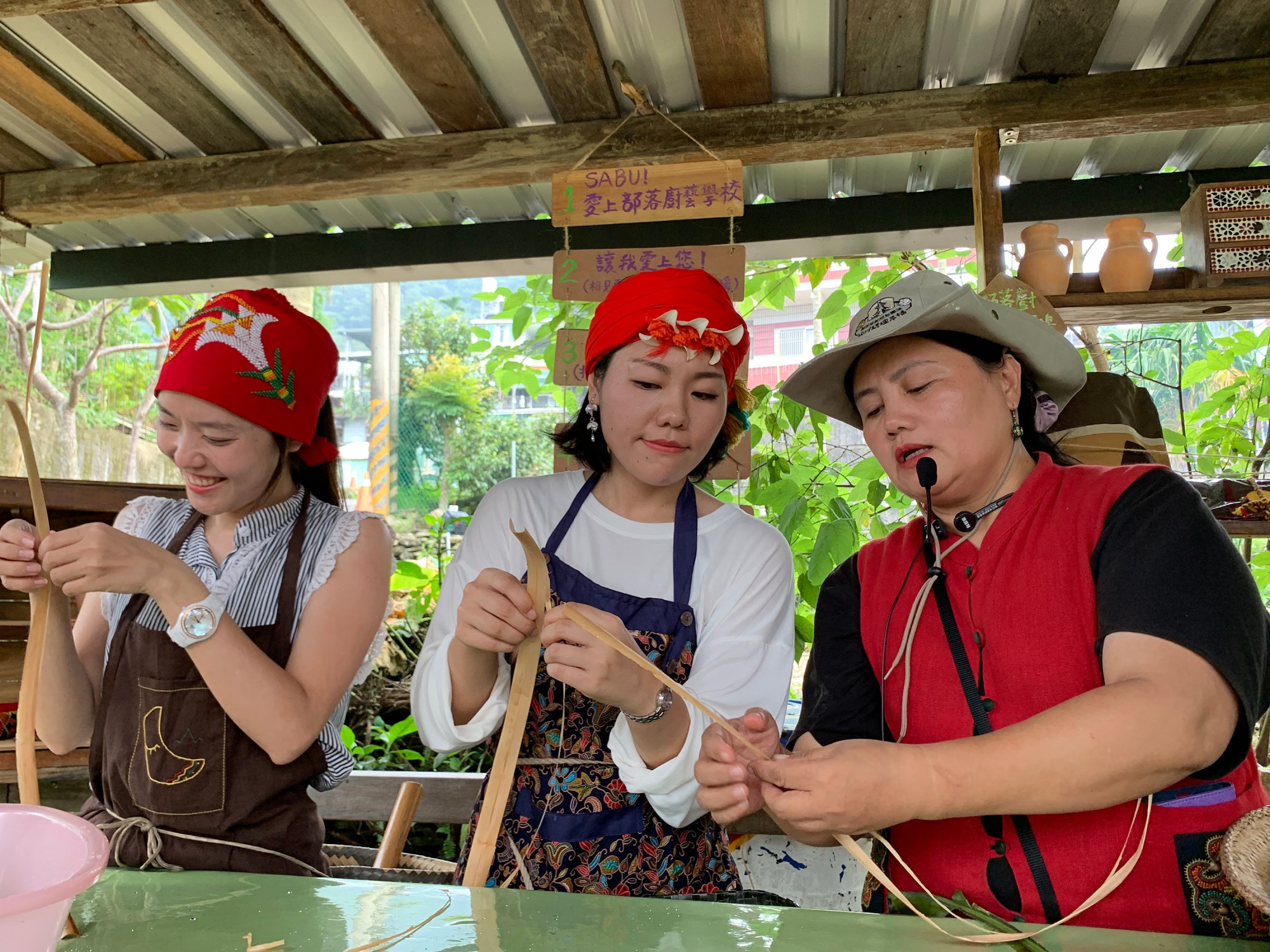APSAA 亞太永續行動獎(Asia-Pacific Sustainability Action Awards )-Sustainability Action Award SDG11:Silver
Maolin National Scenic Area Administration, Tourism Bureau, MOTC 交通部觀光局茂林國家風景區管理處

Sustainable Shenshan, From Tastes to Mountain
Located on the border between Kaohsiung City and Pingtung County, the Maolin National Scenic Area is home to many indigenous peoples, including the Rukai, Paiwan, Bunun, and Saaroa. In addition to the abundant ecological landscapes and natural resources, the cultural features of these ethnic groups are also an important asset with unique charm.
The mountainous areas between Kaohsiung and Pingtung, nicknamed the “Kaoping Foothills,” are a treasure trove of natural ecology and the homeland of indigenous tribes. Developing tourism while preserving the connection between the locals and the land is central to the Indigenous Tourism Promotion Program of the Maolin National Scenic Area Administration, Tourism Bureau, Ministry of Transportation and Communications.
With this concept in mind, the Maolin Administration has formed partnerships with indigenous tribes. For example, under the guidance of the administration, the Shenshan Tribe, a traditional Rukai tribe in Wutai Township of Pingtung County, has designed experiential tours that engage all five senses. The Shenshan Tribal Cooking School, in particular, combines food and agricultural education with Rukai culinary culture, allowing visitors to gain a better understanding of the local lifestyle and learn to respect local culture and land through in-depth tourism.
The Shenshan Tribe has adopted a community-based approach to its overall tourism development, dedicated to protecting and passing down the cultural spirit of the ethnic group while advancing local industries in a balanced manner. Through stable industrial and economic development and with the existing social organization as the framework, the tribe has created an independently operating tourism model, providing local employment opportunities and gradually solving the out-migration issue. In addition to promoting tourism, the tribe actively manages the number of visitors to its natural and cultural sites, guides local stores to become more eco-conscious, and optimizes the content of its tourism services. By striving to minimize the negative impacts of tourism on the environment and society, the tribe is moving towards sustainable community development.
The mountainous areas between Kaohsiung and Pingtung, nicknamed the “Kaoping Foothills,” are a treasure trove of natural ecology and the homeland of indigenous tribes. Developing tourism while preserving the connection between the locals and the land is central to the Indigenous Tourism Promotion Program of the Maolin National Scenic Area Administration, Tourism Bureau, Ministry of Transportation and Communications.
With this concept in mind, the Maolin Administration has formed partnerships with indigenous tribes. For example, under the guidance of the administration, the Shenshan Tribe, a traditional Rukai tribe in Wutai Township of Pingtung County, has designed experiential tours that engage all five senses. The Shenshan Tribal Cooking School, in particular, combines food and agricultural education with Rukai culinary culture, allowing visitors to gain a better understanding of the local lifestyle and learn to respect local culture and land through in-depth tourism.
The Shenshan Tribe has adopted a community-based approach to its overall tourism development, dedicated to protecting and passing down the cultural spirit of the ethnic group while advancing local industries in a balanced manner. Through stable industrial and economic development and with the existing social organization as the framework, the tribe has created an independently operating tourism model, providing local employment opportunities and gradually solving the out-migration issue. In addition to promoting tourism, the tribe actively manages the number of visitors to its natural and cultural sites, guides local stores to become more eco-conscious, and optimizes the content of its tourism services. By striving to minimize the negative impacts of tourism on the environment and society, the tribe is moving towards sustainable community development.

